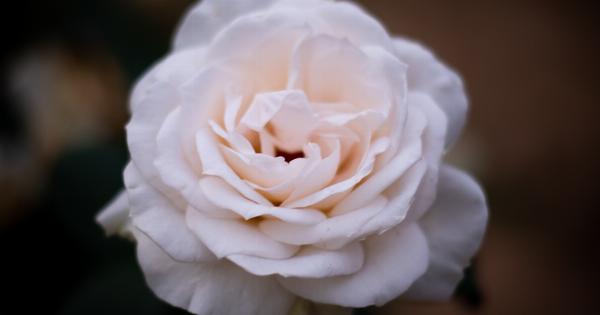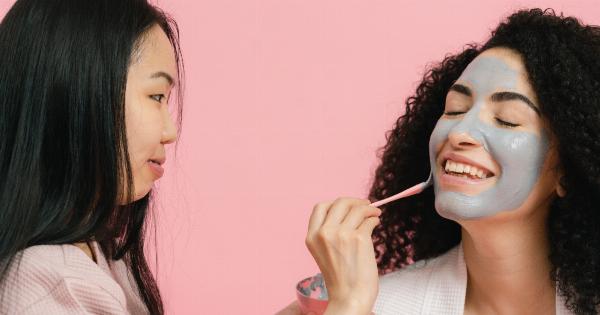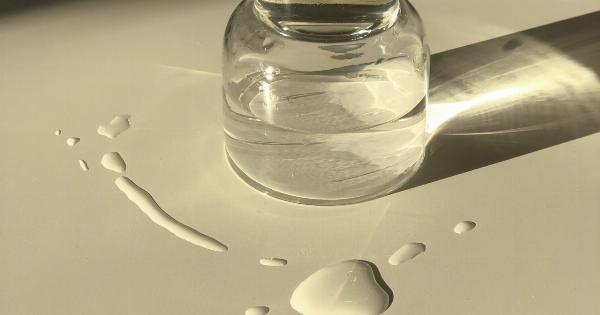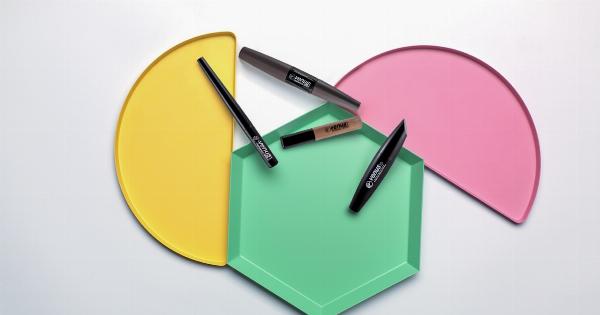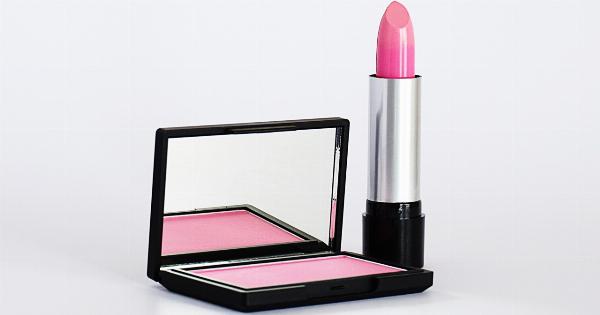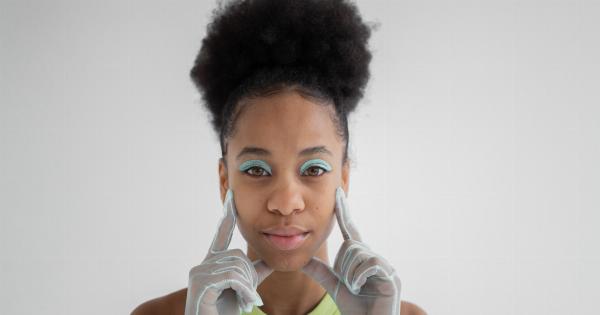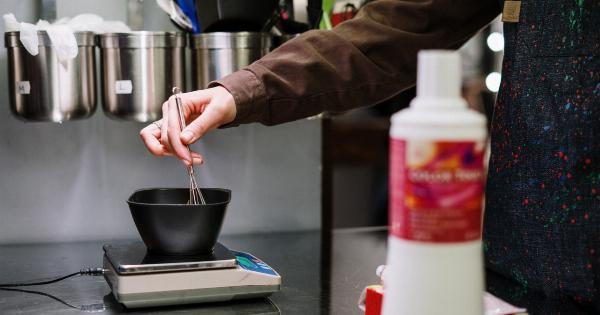Beauty has always played a significant role in society, from ancient times to modern-day. In fact, its influence is so pervasive that it affects how we perceive ourselves and others, the decisions we make, and the way we live our lives.
Beauty can be found in art, nature, fashion and even technology. It can be used to inspire, motivate and uplift, but also to manipulate and control. The purpose of this article is to explore the role of beauty in society and its impact on individuals and communities.
The Perception of Beauty
The concept of beauty is subjective and can be influenced by a variety of factors such as culture, history, religion, geography, and personal preferences.
What one person considers beautiful may not appeal to another, and this diversity of opinions can lead to conflict and controversy. However, studies have shown that certain features are universally considered beautiful, such as symmetrical faces, clear skin, and healthy hair. These traits are associated with good health, fertility, and genetic qualities.
The perception of beauty is also influenced by media and advertising, which promotes a narrow and unrealistic definition of beauty standards, often causing low self-esteem and body dissatisfaction among individuals who do not fit these standards.
Beauty in Art and Literature
Art and literature have always celebrated beauty and played a significant role in preserving cultural heritage. Beauty can be found in paintings, sculptures, poetry, and literature, often serving as a source of inspiration for artists and writers.
It has the power to evoke emotions, tell stories, and reflect the values of society. For instance, Renaissance art focuses on idealized beauty, depicting perfect human forms, while Baroque art emphasizes drama and intensity, often depicting biblical scenes with dramatic lighting and contrasting elements.
In literature, beauty is often used as a metaphor for goodness, truth, and purity, while ugliness represents evil and corruption.
The Beauty Industry
The beauty industry is a multi-billion dollar business that includes cosmetics, skincare, hair care, and fashion. It plays a vital role in the economy and is a significant employer globally.
However, the industry has also been criticized for promoting unattainable beauty standards and for perpetuating stereotypes based on race, gender, and age.
Beauty products that claim to reduce wrinkles, lighten skin, or enhance the size of certain body parts reinforce the idea that there is something inherently flawed with our natural appearance, leading to a never-ending cycle of insecurity and consumerism. However, some companies are challenging these norms and promoting more diverse and inclusive beauty standards, such as Fenty Beauty, which offers 40 shades of foundation, or Glossier, which features natural-looking makeup for all skin types.
Beauty and Self-esteem
Individuals who feel beautiful are more likely to have high self-esteem and confidence, leading to better mental health, relationships, and job prospects.
However, the pursuit of beauty can also have negative consequences, such as eating disorders, body dysmorphia, and depression. The pressure to look perfect can cause individuals to become addicted to cosmetic surgery, implants, or extreme dieting, leading to physical and emotional harm.
Therefore, it is essential to promote self-acceptance and body positivity, as well as to challenge beauty standards that are harmful or exclusive. The media should also feature more diverse and realistic representations of beauty, highlighting the beauty in differences and individuality.
Beauty in Nature
Beauty can also be found in nature, from the sunsets, mountains, and oceans to the plants, animals, and microorganisms.
Nature’s beauty has a calming and rejuvenating effect on our minds and bodies, helping us to connect with something larger than ourselves. It also provides essential resources and habitats for life on earth, including humans.
However, the human impact on nature, such as pollution, deforestation, and climate change, is causing irreversible damage to our planet’s beauty and biodiversity. Therefore, it is essential to preserve and protect our natural resources and to promote sustainable living practices that celebrate and respect the beauty of nature.
Beauty in Technology
Another area where beauty is prevalent is in technology, from the design of products to the user experience. A beautifully designed product can enhance its functionality and appeal to consumers, leading to better sales and customer loyalty.
For example, Apple products are known for their sleek and minimalist design, which makes them stand out from competitors. On the other hand, beauty can also be used to manipulate and control consumers, such as in the case of addictive social media platforms or video games.
Therefore, it is important to use technology for positive purposes, such as improving healthcare, education, and social connections, rather than for exploiting human vulnerabilities.
Conclusion
The role of beauty in society is complex and multifaceted, impacting individuals and communities in different ways. While beauty can inspire, motivate and uplift us, it can also cause harm if used to perpetuate harmful standards and stereotypes.
Therefore, it’s important to promote diversity, inclusivity, and self-acceptance when it comes to beauty. By embracing and celebrating our unique traits and differences, we can create a more just, equitable, and beautiful world for all.

